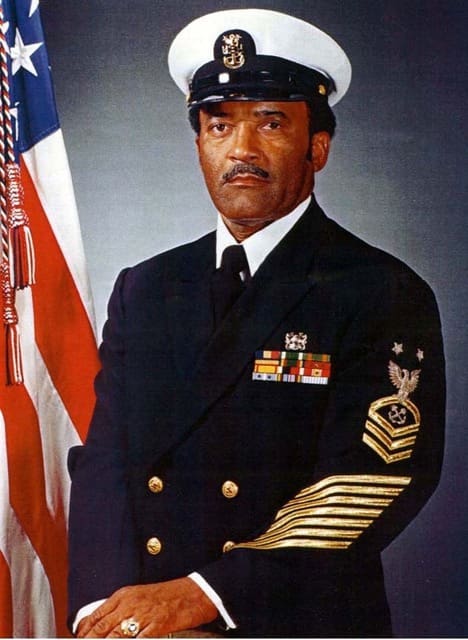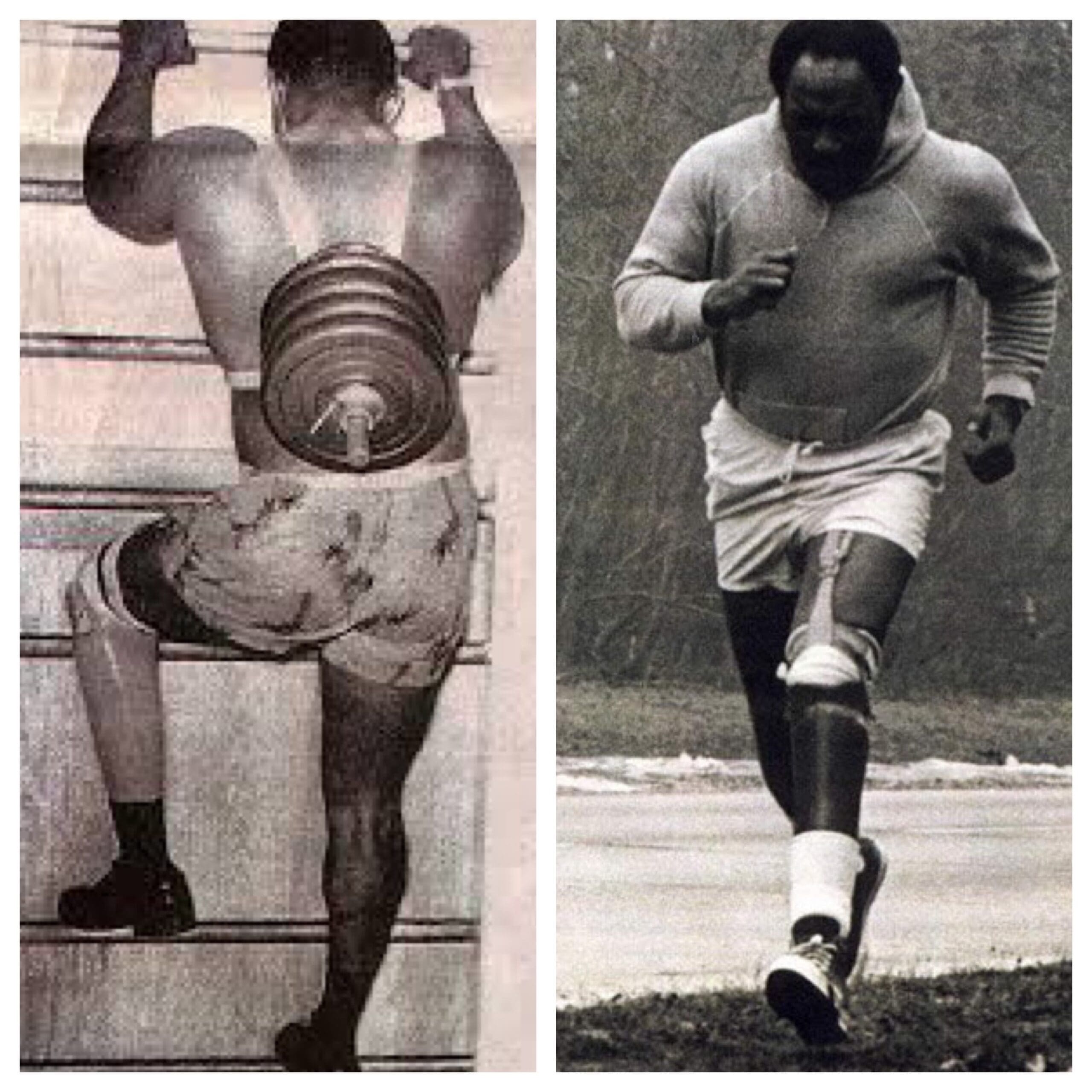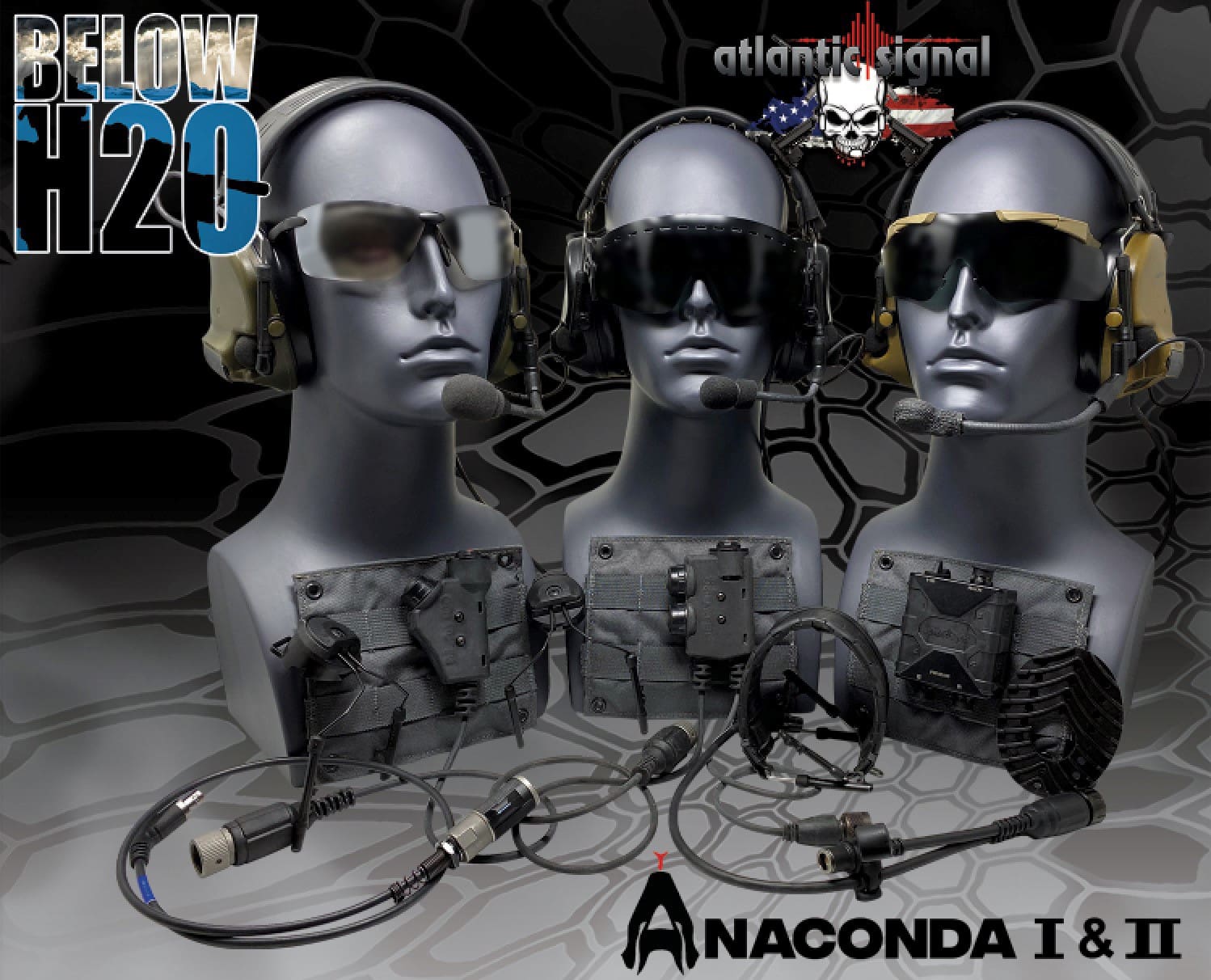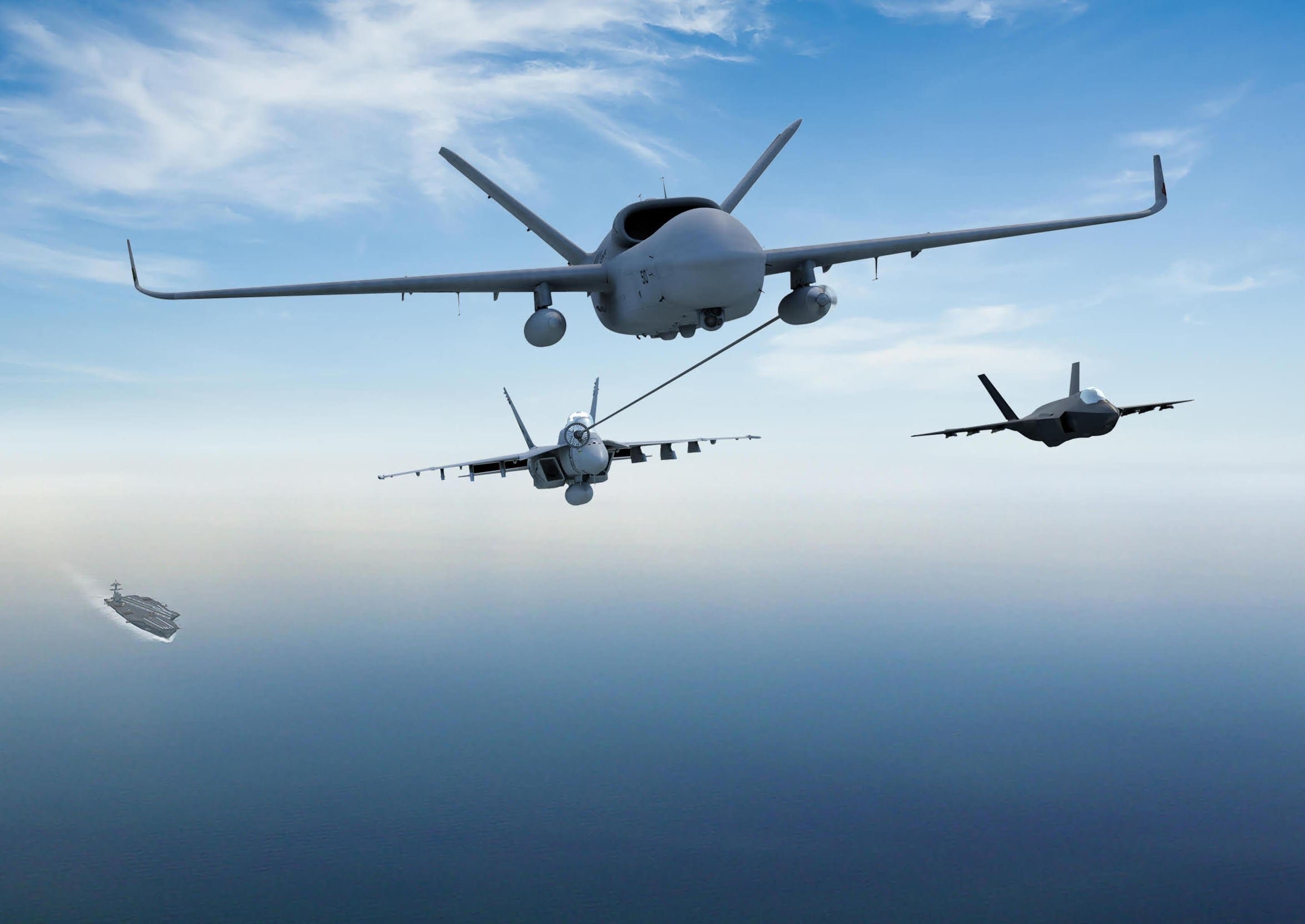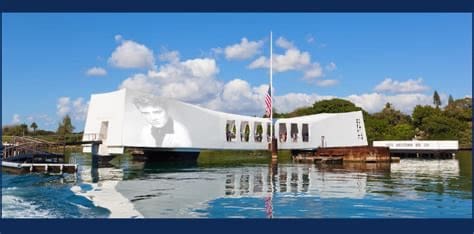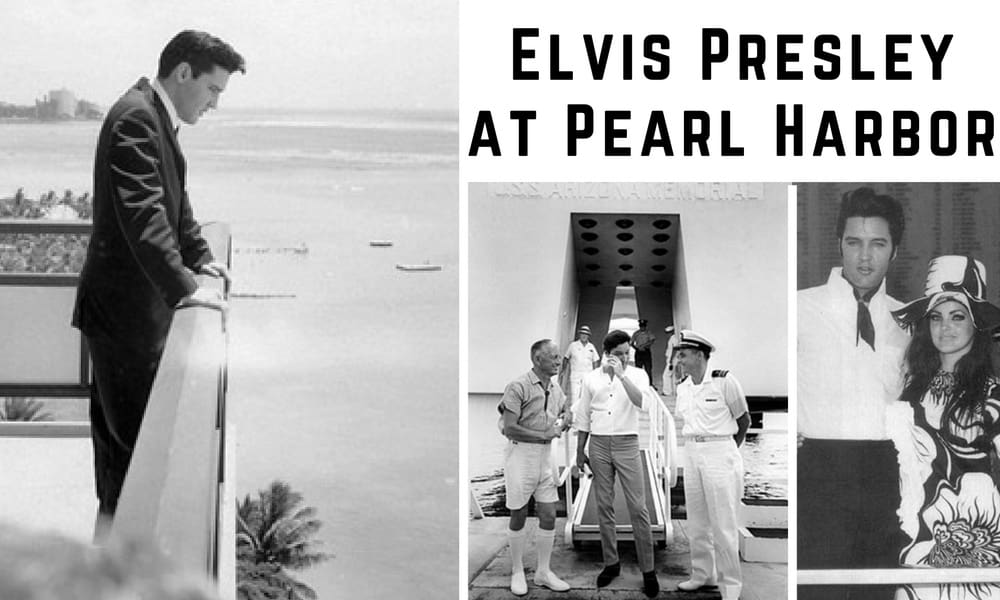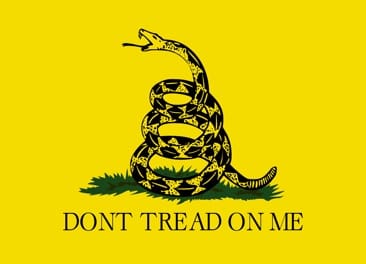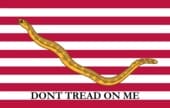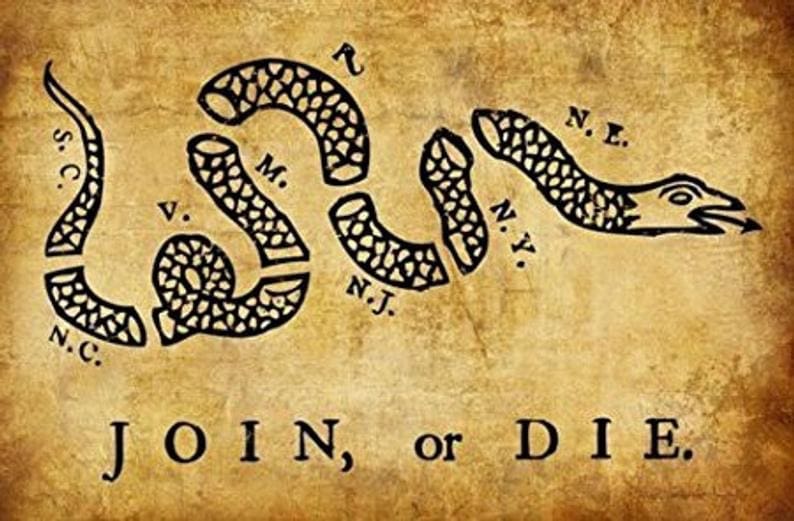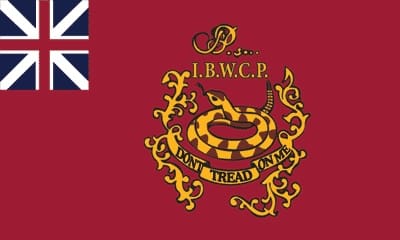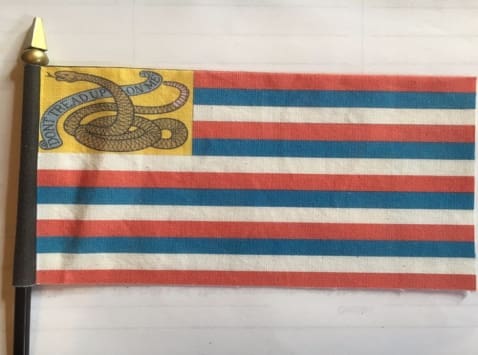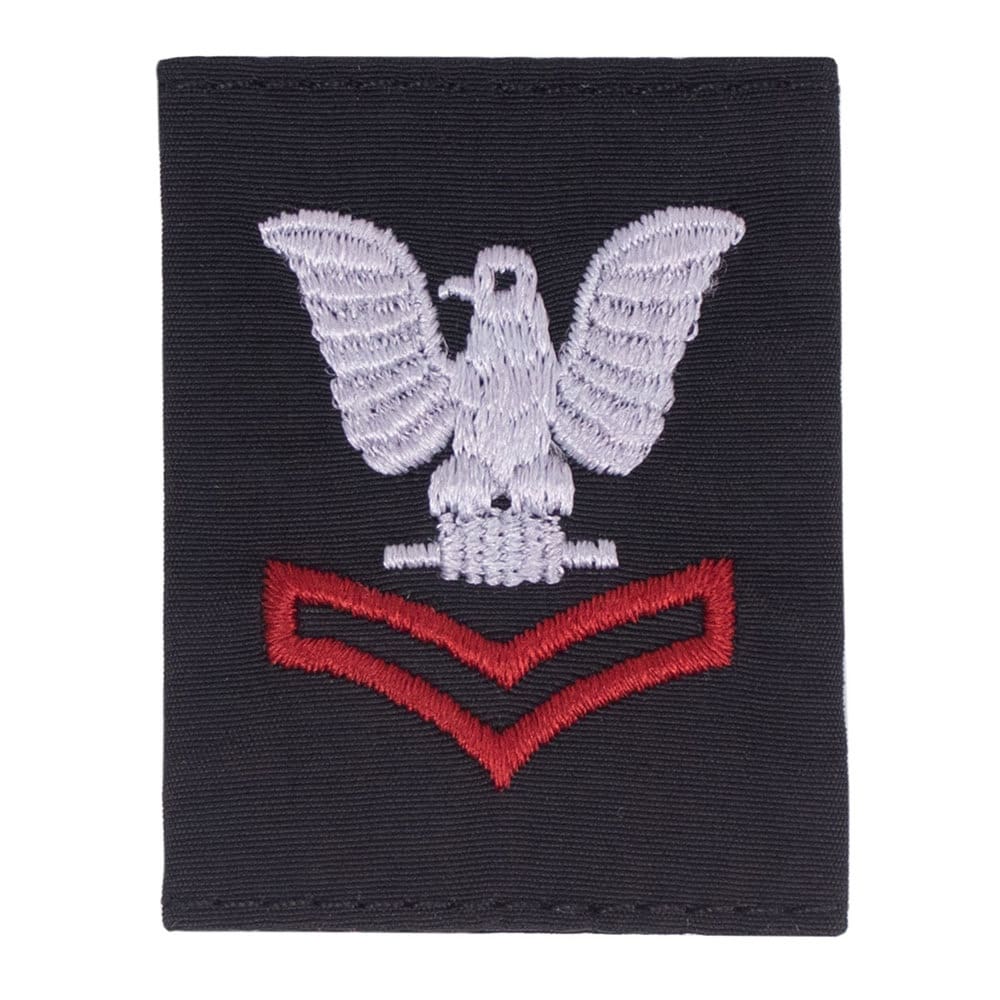From MC1 Mark D. Faram, Chief of Naval Personnel Public Affairs
The Navy will hold a single, six-month physical fitness assessment cycle during calendar year 2021, allowing the service to resume fitness testing while limiting Sailor exposure to COVID-19. That cycle will also see the Navy rollout the forearm plank, which as a replacement the curl-up, and the 2000-meter row as a new optional cardio event.
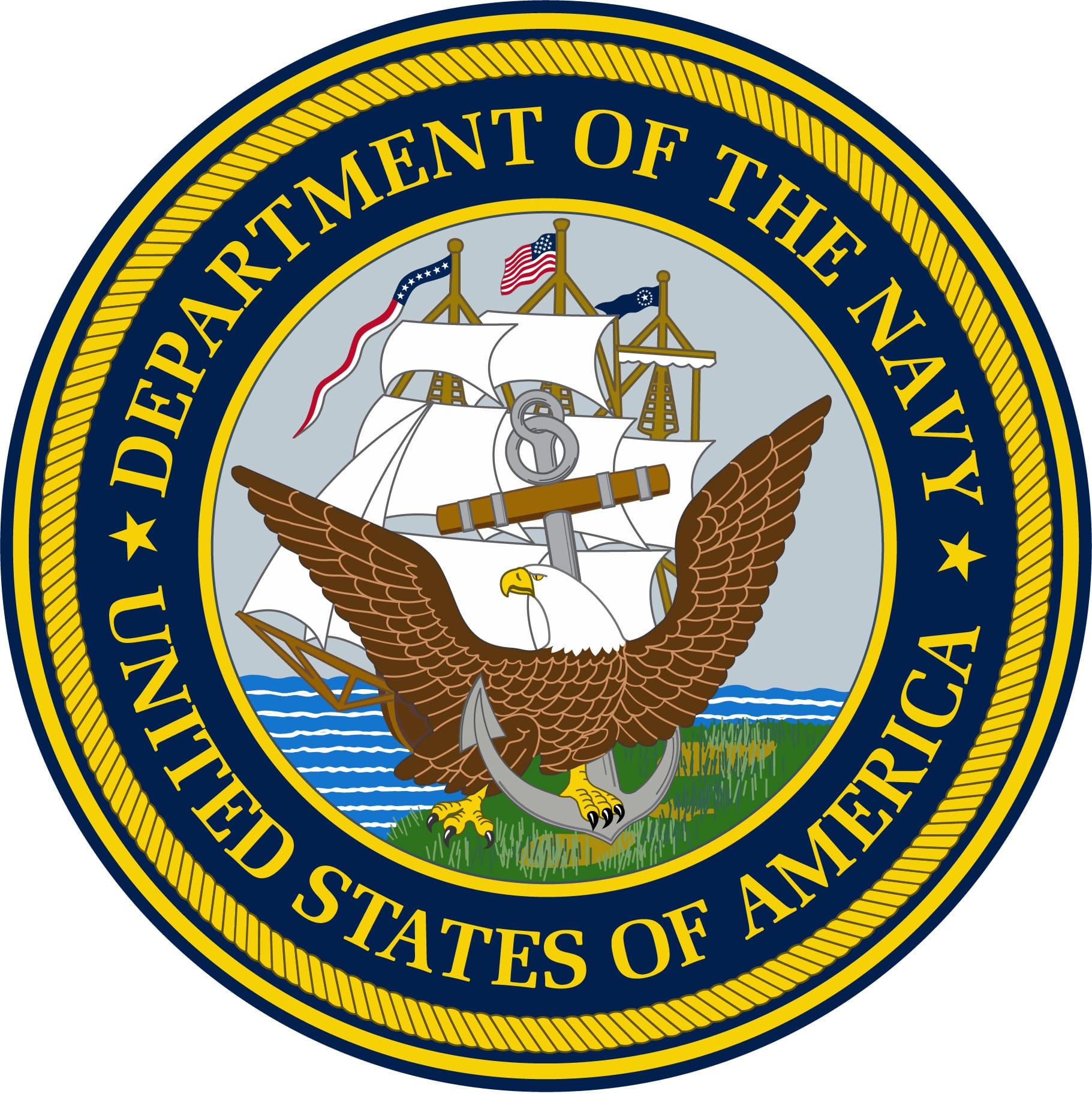
The Navy will hold a single, six-month physical fitness assessment cycle during calendar year 2021, allowing the service to resume fitness testing while limiting Sailor exposure to COVID-19.
The cycle was announced in NAVADMIN 304/20, released Nov. 18. The message also detailed rollout plans for the forearm plank, which will replace the curl-up, and the 2000-meter row as a new optional cardio event.
“Shifting the PFA cycle to March allows Navy to execute the PFA after the primary influenza season, leveraging outdoor venues as the weather warms,” Vice Adm. John B Nowell, Jr., the chief of naval personnel, wrote in the message.
The shift also “acknowledges the fact that while vaccines and therapeutics are expected to be available, their timing and impact are unknown.”
July’s NAVADMIN 193/20 announced the spring 2021 restart of the normally semi-annual Navy Physical Fitness Assessments, after two cycles were canceled due to COVID-19. Out of an abundance of caution, the Navy decided to proceed with the single cycle option for 2021 as the COVID crisis shows no signs of abating yet.
The Navy will resume two testing cycles once conditions permit. The Department of Defense has long mandated all services conduct annual fitness testing.
However, COVID-19 mitigation measures in place since the spring allow services to waive the requirement as a force protection measure. The message notes that permission will carry over to allow Echelon II Commanders to waive the 2021 cycle if COVID 19 prevents its safe execution.
Where conditions permit, the message said, all Sailors must participate in the single 2020 cycle, meaning exemptions for scoring excellent or above from the previous cycle will not apply.
Going forward, however, those who score excellent or outstanding on the 2021 PFA will be exempt from participation in the first PFA cycle of 2022.
The message also details how the new plank and 2000-meter row optional cardio events will fit into the physical testing process as well as how they’re expected to be accomplished and graded. It’s the first major change to the assessment since the Navy introduced fitness assessments in the early 1980s.
Sailors have long complained about the curl-up. As Navy researchers studied the exercise, they found it was not a true test of abdominal strength. Also, it did not prepare Sailors to better accomplish shipboard tasks. In fact, curl-ups have been linked to an increased risk of creating or aggravating lower back injuries.
The forearm plank, however, is a functional movement required in 85 percent of regular shipboard tasks, including pushing, pulling, lifting and carrying.
The forearm plank uses isometric contraction to activate key abdominal and trunk muscles, mimicking the main function of the abdominal musculature – to act as stabilizers to resist the spine from moving while strengthening the lower back.
Training for the forearm plank strengthens the body’s core, improves posture, and reduces the risk of lower back injuries throughout a Sailor’s career.
Because there is overlap in the muscle groups used for the push-up and the forearm plank, the decision was made to conduct the push-up event first, followed by the plank and cardio portions.
This sequence was used in the initial tests. Researchers found it allows for maximum performance on the push-ups while limiting residual fatigue during the forearm plank.
The cardio portion’s new addition will be a 2000-meter row on the “Concept-2 Rower.” The other options remain as the 12-min stationary cycle, 500-yd/450-m swim, and 1.5-mile run.
A non-weight bearing, low impact exercise, rowing reduces stress on the legs, while providing a great full-body cardio workout as it works 80 percent of the body’s muscles.
A big benefit of the Concept-2 Rower is that it’s space saving and thus able to be easily used on any naval vessel as well as at shore installations.
A detailed description of how each of the new events will be conducted can be found in NAVADMIN 304/20. As previously announced, the Navy will give Sailors a one-cycle grace period for the forearm-plank. Though the event will be conducted during the 2021 Cycle, it won’t officially count until 2022.
Initial performance standards for scoring the forearm plank and 2000-meter row were developed by the Naval Health Research Center (NHRC) and are available to both individuals and command fitness leaders on the Navy Physical Readiness Program website at www.public.navy.mil/bupers-npc/support/21st_Century_Sailor/physical.
